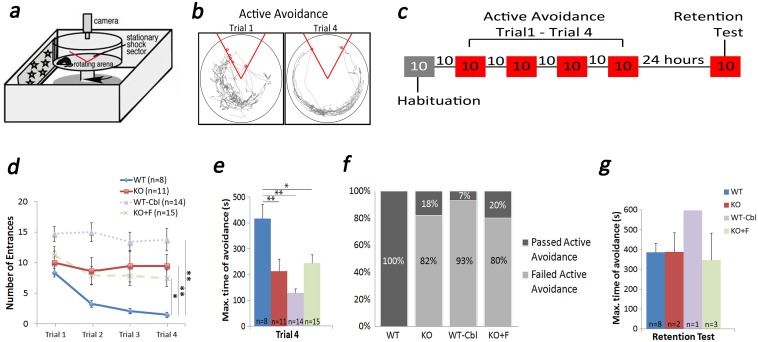Fig 3. The place avoidance test for learning, memory and cognitive functions.
KO mouse was unable to successfully pass the spatial learning and memory retention task using the active place avoidance paradigm. In this task, the mouse has to learn to avoid a stationary shock zone within a rotating arena using visual cues outside the arena (a). The mouse is pre-trained/habituated in the arena without a shock zone followed by 4 trials of avoidance task of 10 minutes each with an active shock zone followed by a 10 minute rest period (b and c). Learning is defined as decrease in entrances and an increase in time of avoidance with each subsequent trial. Our results showed that the KO (n = 11) mouse was unable to reduce the number of entrances into the shock zone by trial 4 compared to WT (n = 8) (d). Therefore, the maximum time of avoidance was also lower for this group in trial 4 (e). Number of entrances of 3 or less was considered as successfully completing the task. Based on this, number of KO mice passing the task was low (18%, n = 2) compared to WTs (100%, n = 8) (g). Mice that passed the test were further tested for memory retention the next day. No significant differences were found in the maximum time of avoidance between WT (n = 8) and KO (n = 2) that passed the active place avoidance test (f). We found similar results with the WT on Cbl deficient and KO with high folate diet (g). Results show mean ± SEM values. * p<0.05, **p<0.01.

